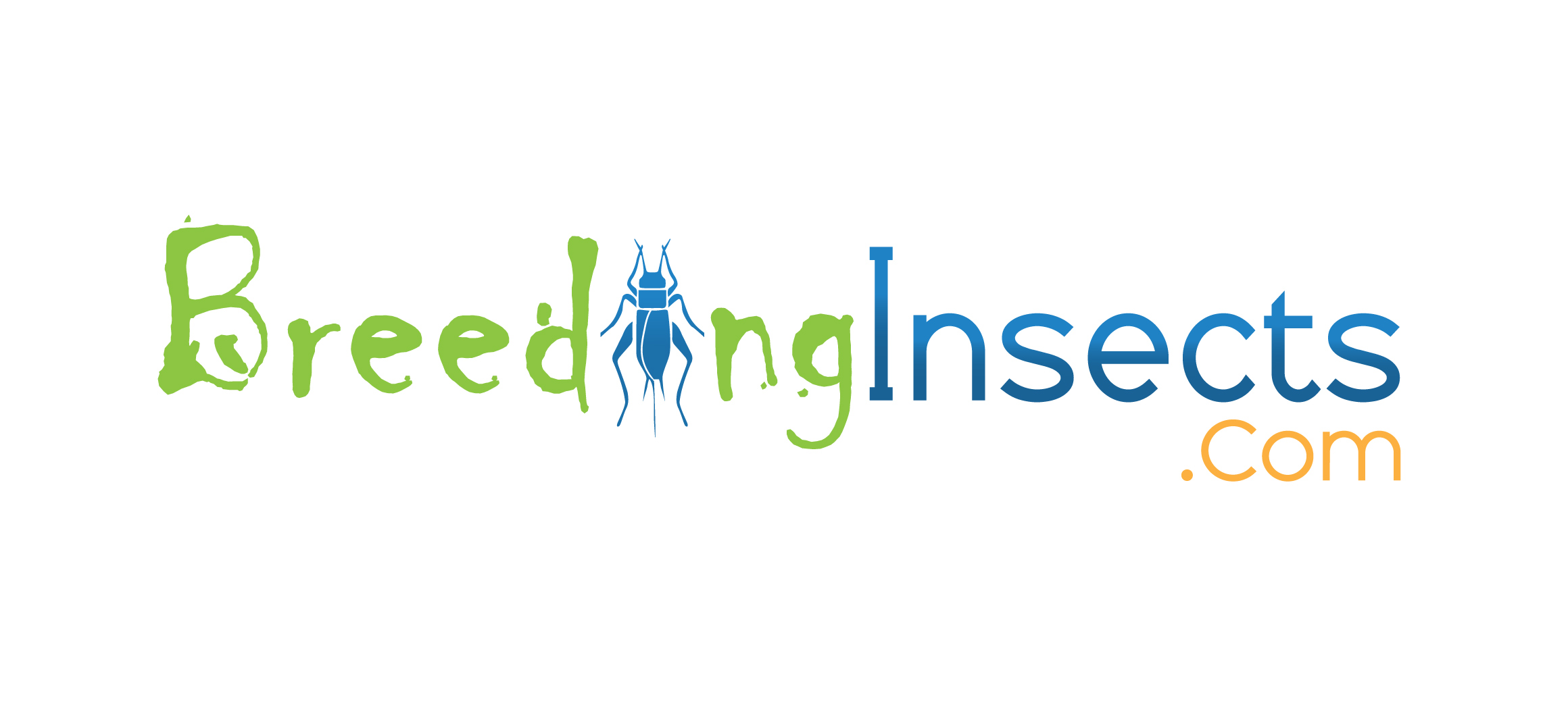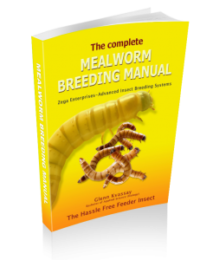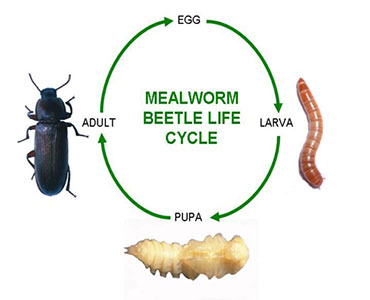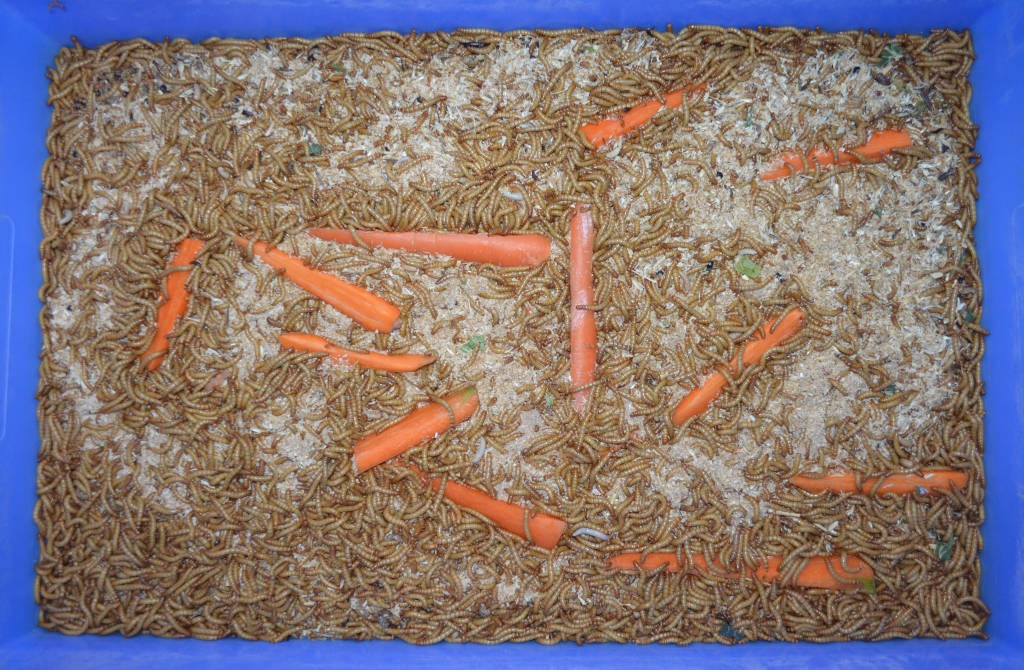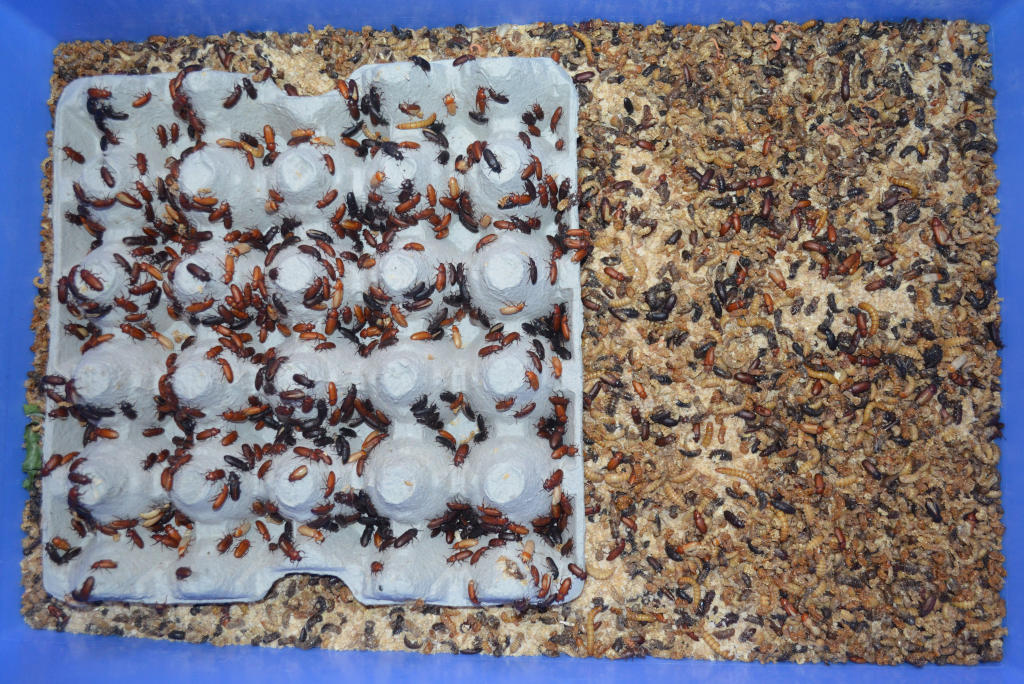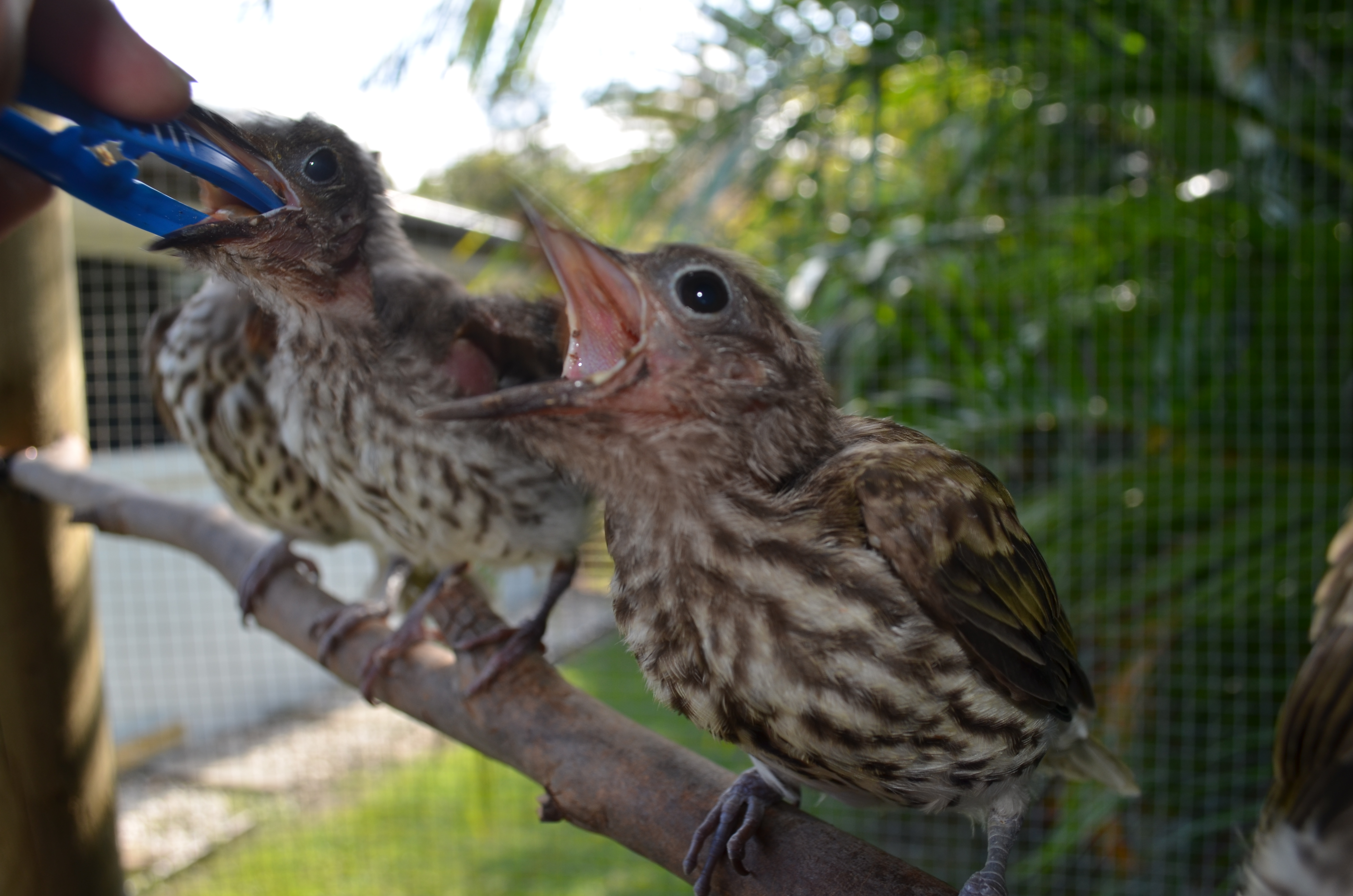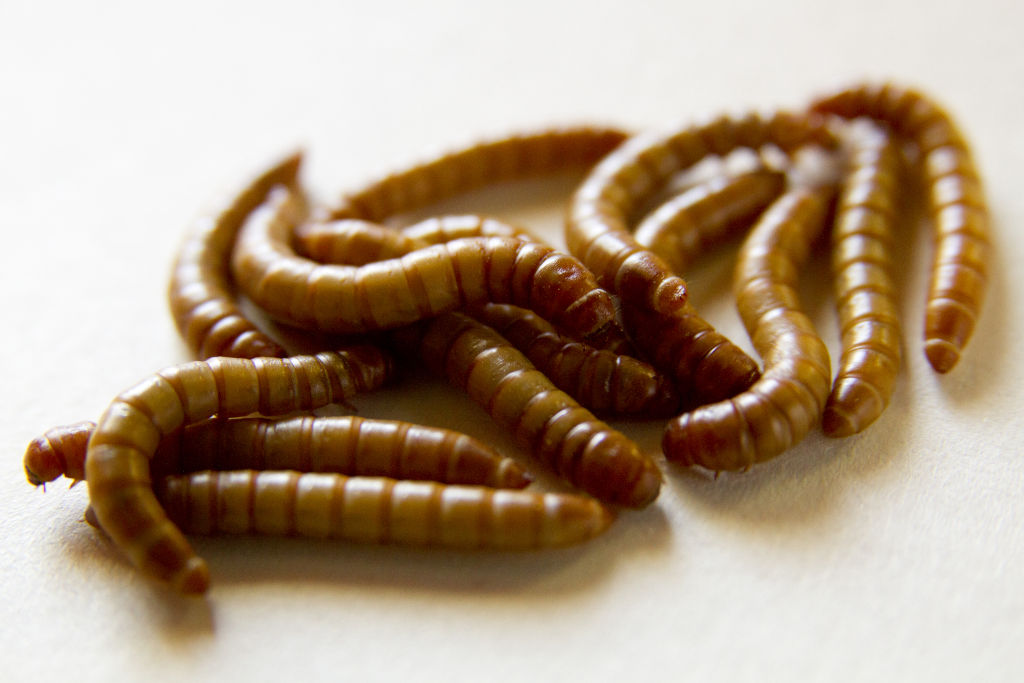The yellow mealworm (Tenebrio molitor) is the most common species of mealworm bred around the world. It is not a worm, it is a larva stage (immature stage between egg and pupa) of the Darkling Beetle. Darkling beetle is the common name of the large family of beetles Tenebrionidae which has more than 20,000 species. This is a very common group of beetles which has world wide distribution.
Lifecycle
The lifecycle of the mealworm comprises of the following 4 distinct stages. It takes approximately 10-12 weeks (3-4 months) for a mealworm to go from egg to adult size (at 25-28 degrees). The beetle stage will go for another 8-12 weeks (2-3 months). At cooler temperatures the duration can increase significantly. Click Here for more details:
-
- Egg
- Larva (worm)
- Pupa
- Beetle
Food and Water
In the wild mealworms eat grains, organic material such as plants, grains, some seedlings and decomposing animal material. They live in leaf litter, compost or areas with good cover. They are found in close association with bird droppings or left over foods. Many outdoor bird aviaries will have other species of mealworms that eat left over seed, and scraps.
In captivity they eat grain based substrates such as wheat (bran, mill run, pollard) or oats. They can be fed pellets for chicken or other omnivore foods. They do not drink free water, and get their moisture from wet foods such as vegetables and fruits. The larvae can go without wet foods for long periods and sustain themselves by obtaining moisture from humid air.
Behavior
Mealworms (beetle and larvae) are active both day and night, however they are more active in darkness. As with many species of insects, this is a natural response to avoiding predation in the wild. When light is present they will burrow into the substrate or move under an egg carton for instance.
They do not fly, and are not able to climb smooth surfaces such as smooth plastic or metal.
Natural Habitat
In the wild mealworms eat grains, organic material such as plants and decomposing animal material. They live in leaf litter or areas with good cover.
They are found in close association with bird droppings or left over foods. Many outdoor bird aviaries will have other species of mealworms that eat left over seed, and scraps. This gives them a good ability to eat a variety of foods such as grains, flour, pellets, pet foods and other agricultural products.
Human Uses
Mealworms are used as food for pets, zoos, and wildlife rescue.
Mealworms are becoming more acceptable as a food source either directly or indirectly (fed to fish, chickens and pigs). People now add them directly as a food (stir fries etc), are mixed with normal flour to be baked, or as processed foods (protein bars, smoothies etc).
When they find their way into grain stores or bags of animal produce bags they become a pest species.
Classification
Mealworms are the larval stage of the Darkling Beetle. Darkling beetle is the common name of the large family of beetles Tenebrionidae which has more than 20,000 species. This is a very common group of beetles which has world wide distribution.
Kingdom: Animalia (animals)
Phylum: Arthropoda (arthropods)
Class: Insecta (insects)
Order: Coleoptera (beetles)
Family: Tenebrionidae (Darkling Beetles)
Genus: Tenebrio (mealworms)
Species: T. molitor (yellow mealworms).
Anatomy
Beetle shares the same characteristics of most insects having: head, thorax, antennae, wing shields and six legs. Beetles emerge from the pupa white, then go light brown and finally black.
Larvae (worms) have six pairs of legs near the head of the worm which are difficult to distinguish. The worms have numerous instars (shed between growth spurts) and white after they molt (refer to life-cycle section)

